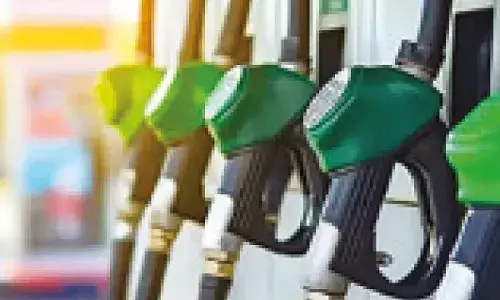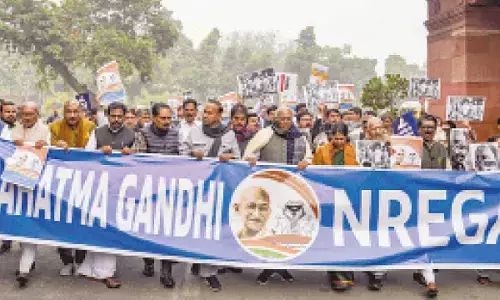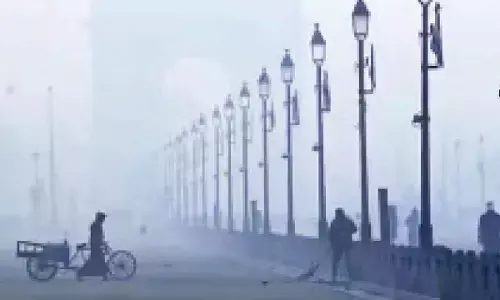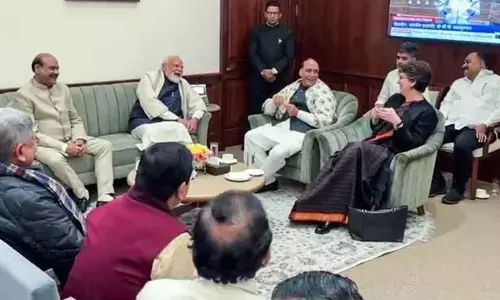Environmental crisis is closer than we think
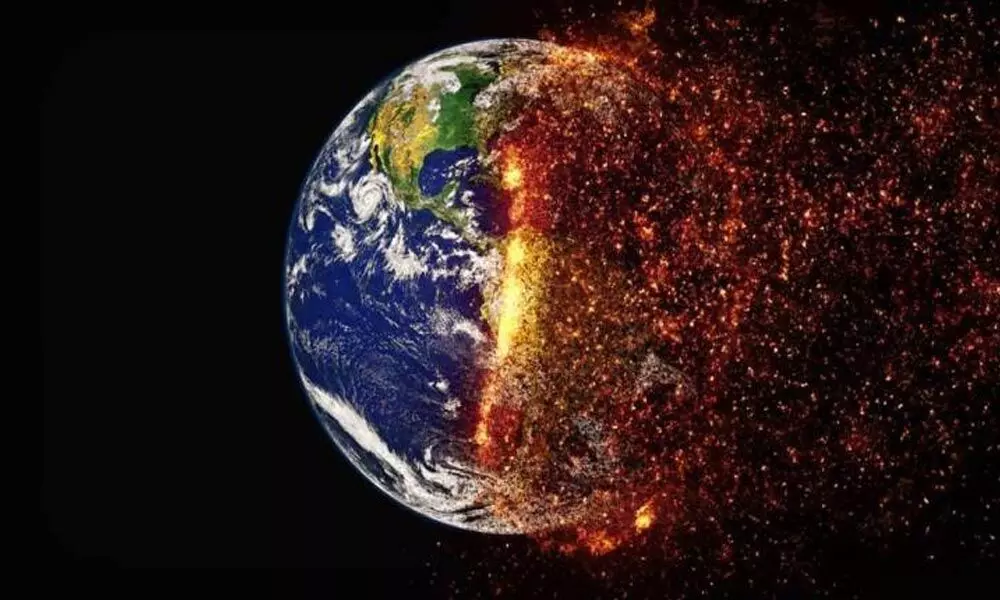
Environmental crisis is closer than we think
The Intergovernmental Panel on Climate Change of the United Nations, in its Sixth Assessment Report, has sounded the world a warning of a clear and present danger due to climate change
The Intergovernmental Panel onClimate Changeof the United Nations, in its Sixth Assessment Report, has sounded the world a warning of a clear and present danger due to climate change. Whether one prefers to be a Trump or a Greta Thunburg, the danger is imminent. The next 20 years, the world will warm up by 1.5 degrees celsius. Right now, it is 1.1 degrees celsius.
The 2015 Paris climate agreement had fixed 1.5 degrees Celsius as the goal to limit warming. Now we are looking at even reaching 2 degrees Celsius and may be more this century unless deep reductions in carbon dioxide and other greenhouse gas emissions occur in the coming decades. There are four points highlighted by the IPCC in its report: It is warming almost everywhere, it is warming rapidly, the warming reversed a long-term cooling and that it has been a long time since it has been this warm. What does this mean for India?
Well, we are already experiencing a warming climate. The unusual and unprecedented spells of hot weather are expected to occur far more frequently and cover much larger areas. Under 4 degree Celsius warming, the West Coast and Southern India are projected to new, high-temperature climate regimes with significant impacts on agriculture. With built-up urban areas rapidly becoming "heat-islands", urban planners will need to adopt measures to counteract this effect.
A decline in monsoon rainfall since the 1950s has already been observed. The frequency of heavy rainfall events has also increased. A 2°C rise in the world's average temperatures will make India's summer monsoon highly unpredictable. At 4°C warming, an extremely wet monsoon that currently has a chance of occurring only once in 100 years is projected to occur every 10 years by the end of the century. An abrupt change in the monsoon could precipitate a major crisis, triggering more frequent droughts as well as greater flooding in large parts of India.
India's northwest coast to the south eastern coastal region could see higher than average rainfall. Dry years are expected to be drier and wet years wetter. So, what is to be done? The report suggested two primary moves, one on the weather forecasting and the other on building norms. Improvements in hydro-meteorological systems for weather forecasting and the installation of flood warning systems can help people move out of harm's way before a weather-related disaster strikes.
Building codes will need to be enforced to ensure that homes and infrastructure are not at risk. Evidence indicates that parts of South Asia have become drier since the 1970s with an increase in the number of droughts. Droughts have major consequences. In 1987 and 2002-2003, droughts affected more than half of India's crop area and led to a huge fall in crop production. Droughts are expected to be more frequent in some areas, especially in North-Western India, Jharkhand, Orissa and Chattisgarh. Crop yields will fall significantly because of extreme heat by the 2040s. Sounds more like a 'doom's day prediction'? Isn't it so?
Yes, it is, in reality. How distant is 2040 do you think? Your children will be just adults by then. They may begin raising their families too. This is what we are giving our children in inheritance. Throw in for a good measure drinking water shortages and drying up rivers and flooding cities. Alas, we think we have plans!








